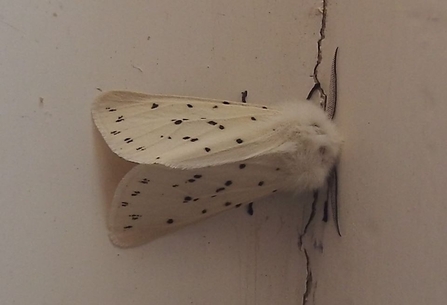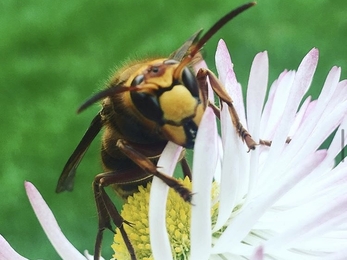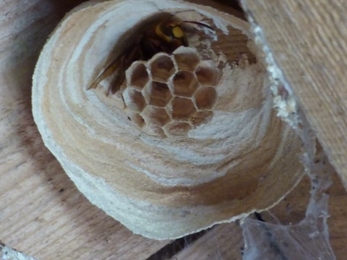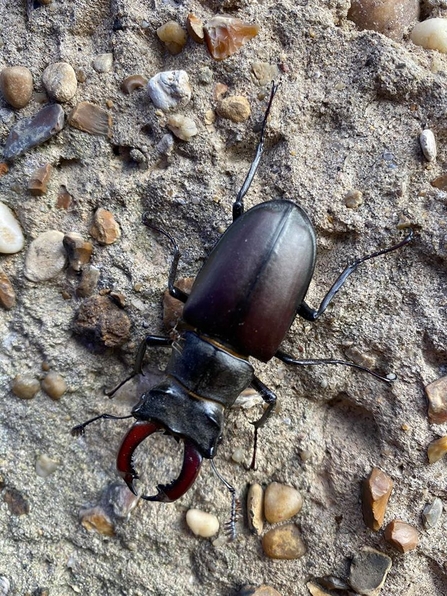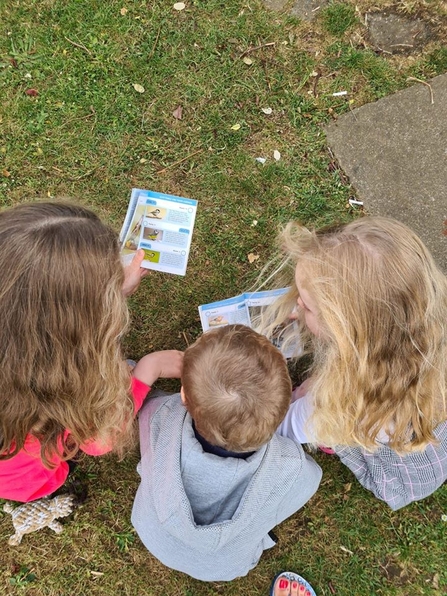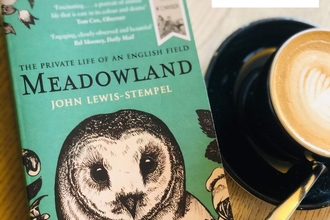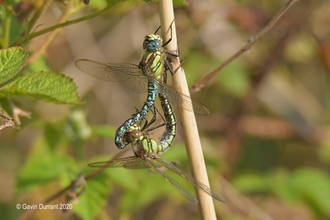Just like that, we’re into the first week of 30 Days Wild, the Wildlife Trust’s biggest mass participation campaign that challenges people to do a random act of wildness every day for the month of June. Now in its sixth year, 30 Days Wild is growing year on year with thousands of people taking up the challenge to do something wild, making wildlife part of their everyday lives. The beauty of 30 Days Wild is that your random acts of wildness don't need to be time consuming or require going on a wild goose chase looking for rare species, it can be simply taking the time to follow a line of ants, walking through the grass without shoes on or climbing a tree. Of course, your acts of wildness might just be a little more adventurous and you may well stake out to catch a glimpse of an elusive species, the great thing is, it’s open to all and the variety wildness is always so great to see.
If you haven’t signed up just yet, don’t worry, there’s still time and you can sign up and download your free online pack here. Here’s what we’ve been getting up to across the week;









